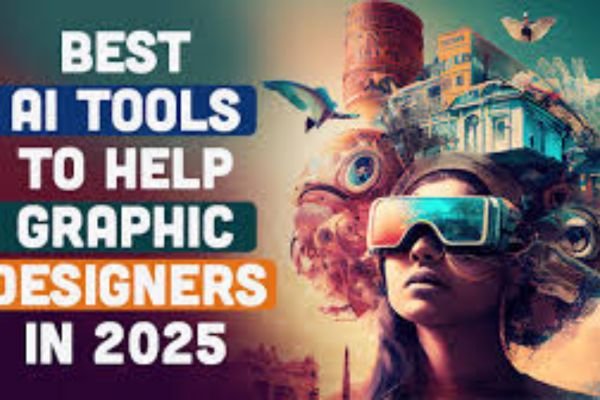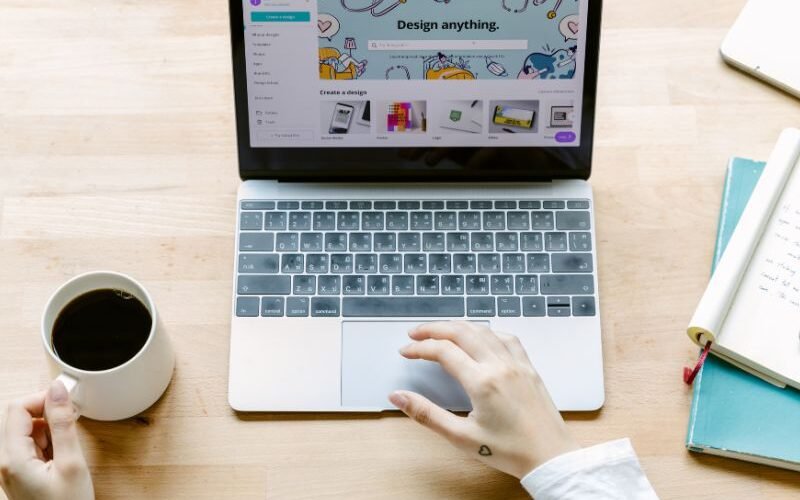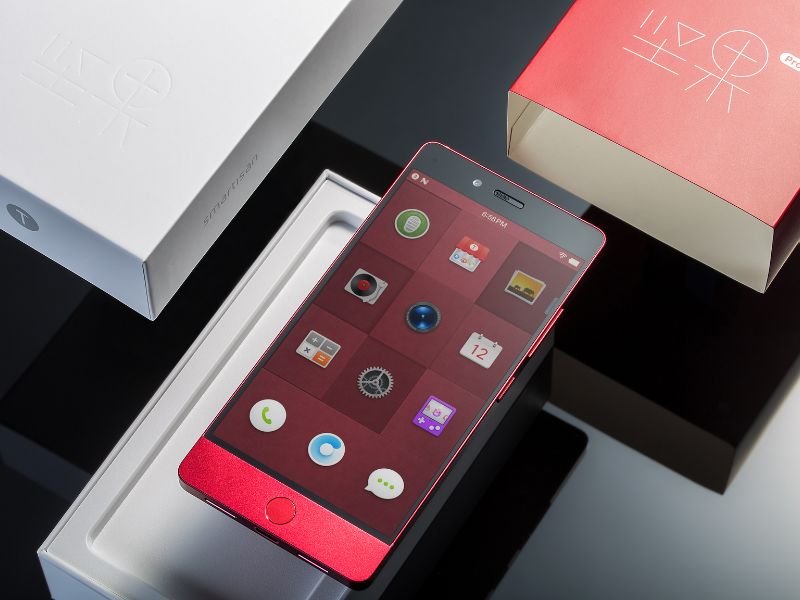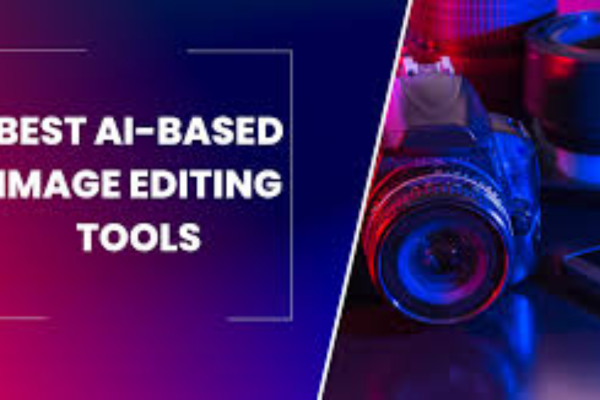The rise of artificial intelligence has transformed graphic design, making it faster, more intuitive, and accessible to both professionals and beginners. AI-powered tools now assist with everything from generating logos to automating complex design tasks, reducing manual effort while boosting creativity. Whether you’re a freelancer, marketer, or business owner, leveraging AI can streamline your workflow and unlock new creative possibilities.
With so many AI design tools available, choosing the right one can be overwhelming. Some specialize in AI-generated art, while others focus on templates and automation. The best app for you depends on your skill level, budget, and specific design needs—whether it’s social media graphics, branding, or digital illustrations.
In this article, we’ll explore the top AI apps for graphic design, comparing their features, strengths, and weaknesses. By the end, you’ll have a clear understanding of which tool aligns best with your creative goals.
Criteria for Evaluation
Before diving into the best AI graphic design apps, it’s important to establish what makes a tool stand out. Key factors include ease of use—whether the interface is beginner-friendly or designed for professionals. Design capabilities also matter, such as template availability, customization options, and AI-powered enhancements like auto-generated layouts.
Another crucial aspect is integration. Does the AI tool work seamlessly with other software like Photoshop, Figma, or Canva? Additionally, pricing plays a major role—some apps offer free tiers with limited features, while others require subscriptions for full functionality. By evaluating these factors, we can determine which AI design apps truly deliver the best value.
Top AI Apps for Graphic Design
Here’s an expanded list of 6 AI-powered design tools, including explanations and official links for each:
1. Adobe Firefly

Best for: Professionals in Adobe’s ecosystem (Photoshop, Illustrator)
Key Features:
- Text-to-image generation, AI photo editing, and style transfers.
- Seamless integration with Creative Cloud apps.
- High-quality output but requires a subscription.
Link: Adobe Firefly
2. Canva AI (Magic Design & AI Tools)
Best for: Beginners, small businesses, and quick designs
Key Features:
- AI-generated templates (Magic Design), background remover, and text-to-image.
- Drag-and-drop simplicity with affordable pricing.
- Lacks advanced features for professionals.
Link: Canva AI
3. MidJourney

Best for: AI-generated art and concept visuals
Key Features:
- Stunning text-to-image art with a painterly, artistic style.
- Requires Discord for access (no standalone app).
- No traditional design tools (e.g., vectors, layouts).
Link: MidJourney
4. Figma AI (Plugins & Smart Features)
Best for: UI/UX designers and collaborative teams
Key Features:
- AI plugins for auto-layouts, design suggestions, and code generation.
- Real-time collaboration for prototyping.
- Not a pure AI tool but enhances workflow efficiency.
Link: Figma AI Plugins
5. Designs.ai
Best for: Startups needing branding (logos, videos, graphics)
Key Features:
- All-in-one AI suite for logos, mockups, and video editing.
- Budget-friendly for basic branding needs.
- Less precise than specialized tools like Adobe.
Link: Designs.ai
6. Runway ML
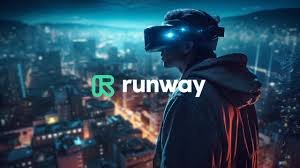
Best for: AI-powered video and image editing
Key Features:
- Advanced AI for green-screen removal, video upscaling, and style transfers.
- Used by filmmakers and content creators.
- Steeper learning curve than Canva or Designs.ai.
Link: Runway ML
Other Notable Mentions
- Runway ML – Advanced AI for video and image editing.
- Khroma – An AI color palette generator for designers.
- Looka – An AI-powered logo design tool for businesses.
How to Choose the Right AI Graphic Design App for Your Needs
Selecting the best AI-powered graphic design tool requires careful consideration of your skill level, project requirements, and budget. With so many options available—from beginner-friendly apps to professional-grade suites—it’s essential to assess which platform aligns with your creative workflow. Here’s a detailed guide to help you make the right choice.
1. Assess Your Skill Level & Design Needs
Not all AI design tools are created equal—some cater to novices, while others are built for seasoned professionals.
- Beginners & Non-Designers: If you’re new to graphic design or need quick, polished visuals without a steep learning curve, tools like Canva or Designs.ai are ideal. These platforms offer drag-and-drop interfaces, pre-made templates, and AI-powered design suggestions that simplify the creative process.
- Intermediate Users: If you have some design experience but want AI to enhance your workflow, Figma AI or Adobe Express (with Firefly integration) provide a balance of automation and customization. These tools offer smart layout adjustments, auto-coloring, and AI-generated assets while still allowing manual tweaks.
- Professional Designers: For advanced users who need full creative control alongside AI assistance, Adobe Firefly (within Photoshop and Illustrator) and Runway ML offer powerful generative AI features, such as text-to-image creation, AI upscaling, and style transfers. These tools integrate seamlessly with existing professional workflows.
- AI Art & Concept Creation: If your focus is on generating unique illustrations, digital art, or concept designs rather than structured layouts, MidJourney, DALL·E, or Stable Diffusion specialize in AI-generated imagery with stunning artistic results.
2. Consider Your Budget & Pricing Models
AI design tools vary widely in cost—some are completely free, while others require monthly subscriptions or one-time payments.
- Free or Freemium Options:
- Canva (free tier available with limited AI features)
- Figma AI (free for basic use, paid for advanced AI plugins)
- Khroma (free AI color palette generator)
These are great for hobbyists, students, or small businesses testing AI design tools before committing financially.
- Mid-Range Subscriptions (10–30/month):
- Designs.ai (affordable branding & design suite)
- Canva Pro (unlocks advanced AI tools like Magic Design)
- Looka (an AI logo maker with branding kits)
These options provide more AI-powered features while remaining budget-friendly.
- Professional & Enterprise Tier (20–100+/month):
- Adobe Firefly (via Creative Cloud subscription)
- Runway ML (premium AI video & image editing)
- MidJourney (paid plans for high-resolution AI art)
These are best for agencies, freelancers, and businesses that rely heavily on AI-enhanced design workflows.
3. Identify Your Primary Use Case
Different AI design tools excel in specific areas. Ask yourself:
- Do you need branding & logo design? → Looka or Designs.ai
- Are you creating social media content? → Canva AI or Adobe Express
- Do you require professional photo editing? → Adobe Firefly (Photoshop AI)
- Are you generating digital art or illustrations? → MidJourney or DALL·E
- Do you work in UI/UX design? → Figma AI
4. Check Integration & Compatibility
If you already use certain software (e.g., Adobe Creative Cloud, Figma, or WordPress), ensure your chosen AI tool integrates smoothly. For example:
- Adobe Firefly works best within Photoshop and Illustrator.
- Figma AI plugins enhance UI/UX workflows.
- Canva integrates with social media platforms for direct publishing.
5. Test Before Committing
Most AI design apps offer free trials or limited free versions. Experiment with a few to see which one feels most intuitive and meets your needs before making a financial commitment.
Final Recommendation
- Best for Beginners: Canva
- Best for Professionals: Adobe Firefly
- Best for AI Art: MidJourney
- Best for Branding: Designs.ai
- Best for UI/UX Designers: Figma AI
By evaluating these factors—skill level, budget, use case, and integrations—you’ll find the perfect AI graphic design tool to enhance your creative process
The Future of AI in Graphic Design: A Transformative Horizon
The graphic design industry stands at the precipice of a revolution as artificial intelligence evolves at an unprecedented pace. We’re moving beyond basic automation into an era where AI can generate complete design systems, offer real-time creative collaboration, and even handle complex 3D modeling tasks that once required specialized expertise. These advancements are making design tools more intuitive than ever—imagine software that not only executes commands but anticipates creative needs, suggests innovative solutions, and handles tedious technical tasks while designers focus on pure creative expression.
Yet this rapid progress brings important questions about the nature of creativity and professional practice. While AI can generate countless design variations in seconds, the human element—cultural understanding, emotional intelligence, and conceptual thinking—remains irreplaceable. Concerns about job displacement are valid, but history suggests that like previous technological revolutions (from Photoshop to digital typography), AI will likely transform design roles rather than eliminate them. The designers who thrive will be those who learn to harness AI as a creative partner, using it to amplify their unique human perspective rather than replace it.
Looking ahead, we can anticipate several key developments that will reshape the design landscape. AI will move from being a tool to a true collaborator—offering not just technical assistance but creative inspiration. We’ll see the emergence of self-learning design systems that adapt to individual creative styles and real-time global collaboration powered by AI translation and style-matching. The most successful implementations will be those that maintain the delicate balance between automation and artistry, preserving the human touch that gives design its emotional resonance while leveraging AI’s incredible capabilities for execution and iteration.
The Next Wave of AI Design Innovation
The immediate future promises AI tools with near-human levels of contextual understanding—software that doesn’t just follow instructions but grasps the “why” behind design decisions. Imagine prompting an AI with “make this feel more luxurious” and having it perfectly adjust typography, spacing, and color psychology. We’re already seeing early versions of this in tools like Adobe’s Generative AI, but future iterations will demonstrate deeper comprehension of abstract creative briefs and brand identities.
Technical capabilities will also leap forward dramatically. Real-time rendering will become instantaneous, allowing designers to see photorealistic 3D results as they work. AI-assisted animation will make motion design accessible to graphic designers without After Effects expertise. Perhaps most transformative will be AI’s role in personalization at scale—generating thousands of unique, on-brand design variations for hyper-targeted marketing campaigns in minutes. These advancements will redefine productivity standards and creative possibilities across the industry.
However, the most profound change may be in how we conceptualize the design process itself. As AI handles execution, human designers will shift toward higher-level creative direction, strategy, and emotional storytelling. The value will lie in creative vision rather than technical execution. Educational programs will need to adapt, emphasizing conceptual thinking and AI collaboration skills. Ethical considerations around originality and copyright will continue to evolve, requiring new frameworks for AI-assisted creation. Ultimately, the future belongs to designers who can blend human creativity with AI capabilities—those who can dream big and then use these remarkable tools to bring those dreams to life with unprecedented speed and precision
Conclusion
The rapid evolution of AI-powered design tools has revolutionized the creative industry, offering unprecedented efficiency, versatility, and artistic potential. Selecting the optimal AI application for graphic design hinges on your unique requirements—whether you prioritize speed, professional precision, artistic exploration, or collaborative functionality. Canva remains the go-to solution for rapid, template-driven designs, catering to entrepreneurs and social media creators who demand high-quality visuals without extensive technical expertise. Meanwhile, Adobe Firefly stands as the gold standard for professionals embedded in the Creative Cloud ecosystem, delivering cutting-edge AI enhancements that seamlessly integrate with Photoshop, Illustrator, and other industry-leading software.
For those seeking unparalleled AI-generated artistry, MidJourney excels in transforming imaginative prompts into breathtaking illustrations, concept art, and surreal visuals—though its reliance on Discord and lack of traditional design tools may limit its utility for structured projects. Conversely, Figma AI redefines collaborative design, empowering UI/UX teams with intelligent auto-layouts, real-time feedback, and developer-friendly code generation, making it indispensable for modern digital product design.
If branding consistency is your priority, Designs.ai offers a cost-effective, all-in-one suite for generating logos, videos, and marketing materials, ideal for startups and small businesses seeking cohesive brand identities without extensive design resources. Additionally, Runway ML pushes boundaries in AI-driven video and image manipulation, providing filmmakers and advanced creators with tools like motion tracking, generative fill, and cinematic effects that were once exclusive to high-end post-production studios.
